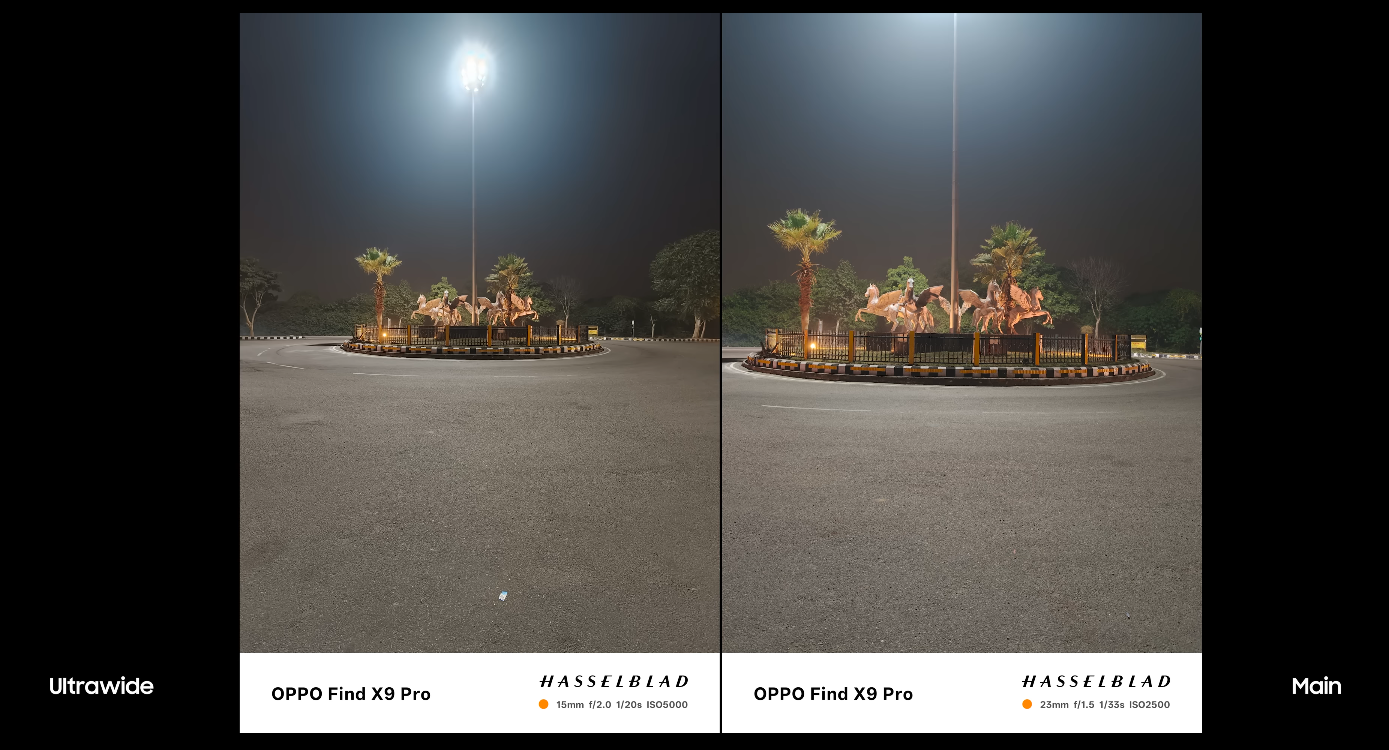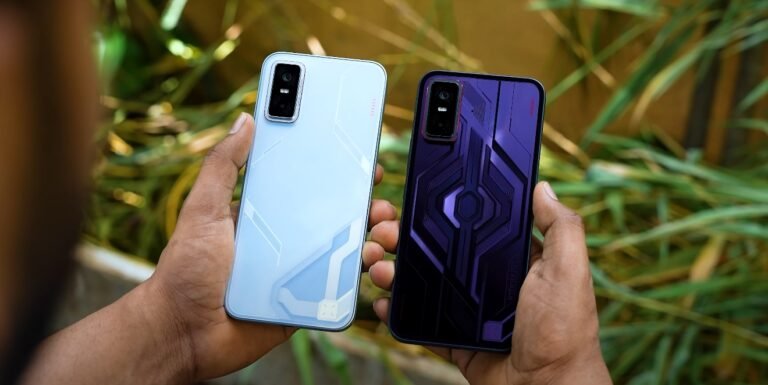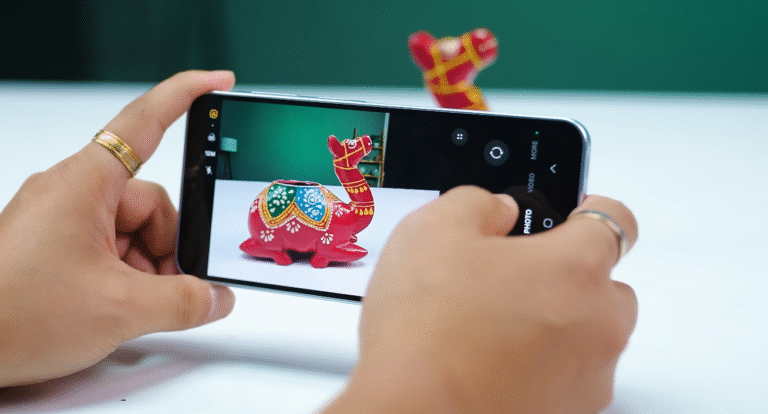OPPO Find X9 Pro hidden compromises: what you should know before buying

The drawbacks of the OPPO Find X9 Pro that buyers should consider
The OPPO Find X9 Pro has been marketed as a powerhouse flagship with exceptional cameras, charging speed and display quality. While these strengths are genuine, no smartphone is perfect, and this model carries a few compromises that buyers in the UK should be aware of before making a decision. Understanding these helps set realistic expectations and avoids disappointment after purchase.
One of the first areas to note is storage configuration. The Find X9 Pro launches in most markets with just one high-end memory variant, offering 16 GB RAM and 512 GB storage with no cheaper model available. This limits affordability and forces buyers to pay for a high-capacity version even if they don’t require that much storage. Users who prefer lower entry pricing or cloud-based lifestyles may find the lack of choice restrictive.
Another consideration is the choice of chipset. Although performance is strong in day-to-day use, the device uses a MediaTek flagship processor instead of the Snapdragon series seen in many rival top-tier phones. While the chip delivers excellent speed in normal apps, some stress tests show drops in sustained performance under long gaming or heavy editing loads, which may matter to power users.

Weight and thickness are also noticeable. The Find X9 Pro carries a large battery and premium materials, which result in a phone that feels heavier than many other flagships. This is not ideal for users who prefer a lightweight phone for prolonged handheld use, filming on the go or one-hand navigation. Although the design feels premium, comfort depends heavily on personal preference.
Outdoor display visibility is strong but not category-leading. Under bright sunlight, the screen remains readable but can lose contrast and richness in very intense lighting. For users who frequently use their phones outdoors, such as travellers, field workers and sports enthusiasts, this is a detail worth keeping in mind.
Long-term software support may also influence a buying decision. While OPPO provides years of updates, some competitors now promise even longer coverage. Users who plan to keep a flagship for five or six years may notice this difference more clearly than those who upgrade frequently. It does not affect short-term performance, but it has implications for longevity.
The camera system is excellent overall, but the telephoto setup may not suit every photography style. The Find X9 Pro focuses on high-resolution sensors rather than extreme optical zoom levels. For users who regularly shoot wildlife, concerts or sports from long distances, phones with dedicated periscope modules and higher optical zoom ranges might fit better.
Charging performance is extremely fast, but the ecosystem has limitations. To achieve full charging speeds, users generally need OPPO-supported chargers, which can reduce convenience when travelling or relying on third-party accessories. While charging remains good with regular chargers, the advertised speed may not be achievable in every scenario.
There are also regional differences that buyers should watch for. Depending on the market, certain colour options, network band support or boxed accessories may vary. Imported units may not include the same warranty terms or after-sales support as locally purchased versions. Anyone considering a non-UK model should carefully review its compatibility before purchase.
Overall, the OPPO Find X9 Pro remains an impressive smartphone with standout strengths in battery, camera and overall user experience. The compromises listed here do not make it a bad device, but they could matter depending on personal priorities. Buyers who want maximum power, huge storage and premium build quality will be satisfied, while those who prefer lightweight design, extreme optical zoom or entry-level price tiers should think carefully before finalising the purchase.
Also Read: POCO F8 Pro verdict: worth buying in 2025 or should you wait?





